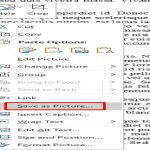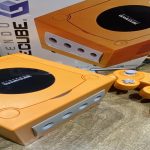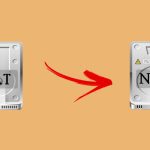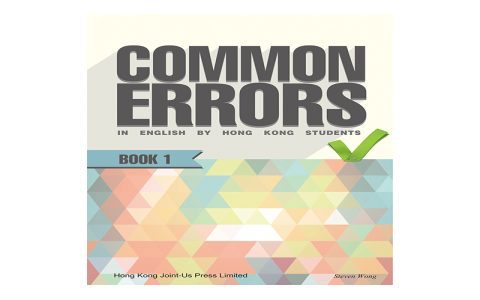Essential Comparison Overview
For choosing an e-reader, focus on core features like ecosystem compatibility, battery life, and reading comfort. Kindle and Nook dominate, but alternatives like Kobo offer flexibility.
Kindle Pros and Cons
Amazon Kindle excels in seamless integration with its vast store and services. Ideal for Prime members.
- Strengths: Long battery life, lightweight design, and robust customer support.
- Weaknesses: Limited format support (e.g., EPUB requires conversion), tightly tied to Amazon ecosystem.
- Best for: Heavy Amazon users and budget-conscious buyers (entry-level models are affordable).
Nook Pros and Cons
Barnes & Noble Nook provides a bookstore-centric experience, appealing to traditional readers.
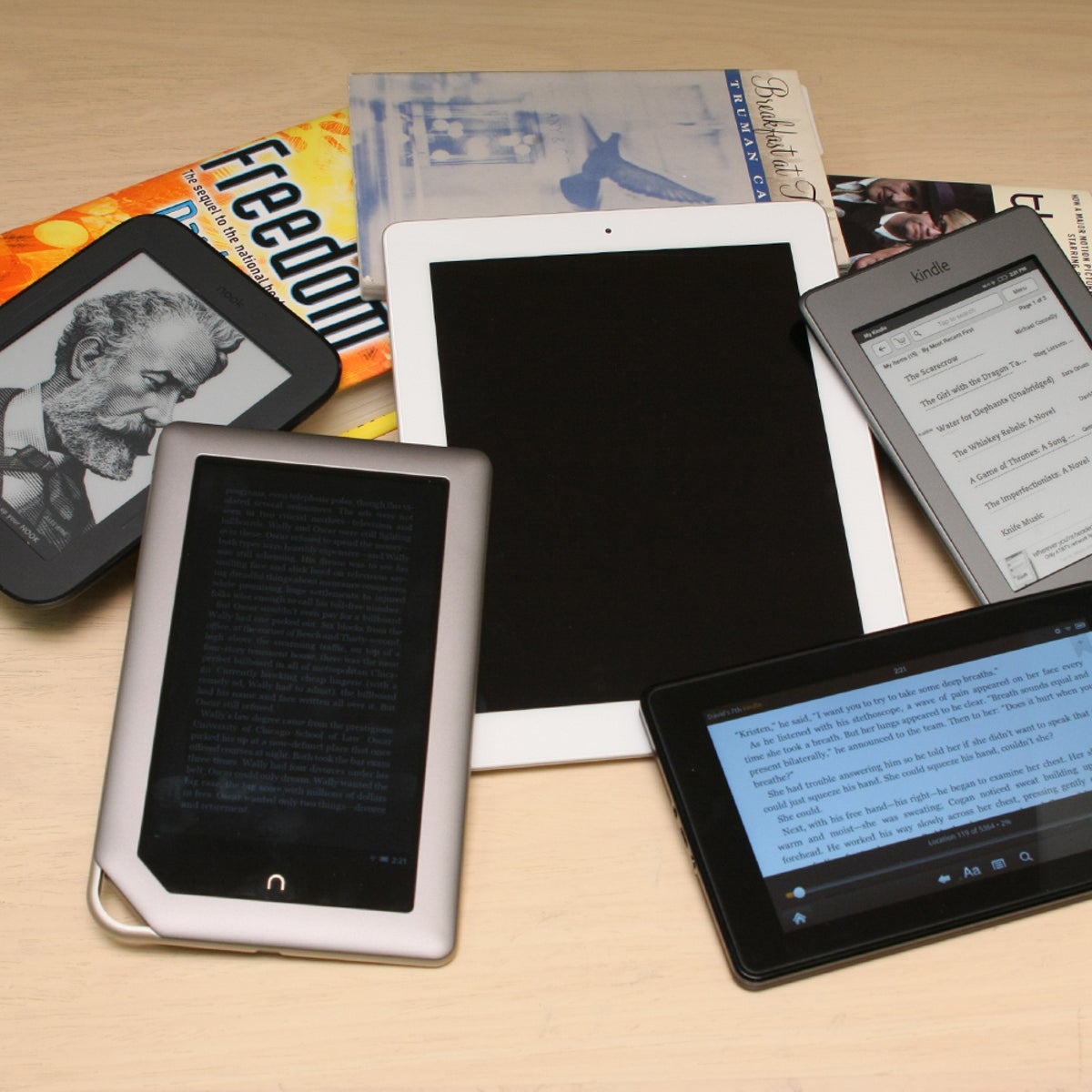
- Strengths: Access to B&N physical stores for in-person help, excellent screen clarity.
- Weaknesses: Smaller content library than Kindle, occasional software glitches.
- Best for: Frequent B&N shoppers or those preferring in-store support.
Other E-Reader Options
Consider brands like Kobo for broader flexibility.
- Key players: Kobo supports open formats (e.g., EPUB, PDF), often with waterproofing.
- Advantages: Decoupled from major ecosystems, ideal for library book borrowers via OverDrive.
- Downsides: Fewer accessories and localized support in some regions.
Quick Buying Tips
Prioritize your needs to make a fast decision.
- Budget first: Under $100? Opt for basic Kindle. Up to $150? Nook GlowLight or Kobo Clara.
- Ecosystem focus: Choose Kindle for Amazon content, Nook for B&N loyalty, or Kobo for independent reading.
- Feature checklist: Prioritize water resistance if reading near pools, long battery for travel, and screen size (6-7 inches is standard).
- Trial options: Visit stores to test ergonomics; avoid overpaying for extras like audio if you only read text.
Final Recommendations
For most users, Kindle wins on value and ecosystem. If format freedom matters, Kobo is superior. Nook suits die-hard B&N fans. Buy based on primary reading habits.

